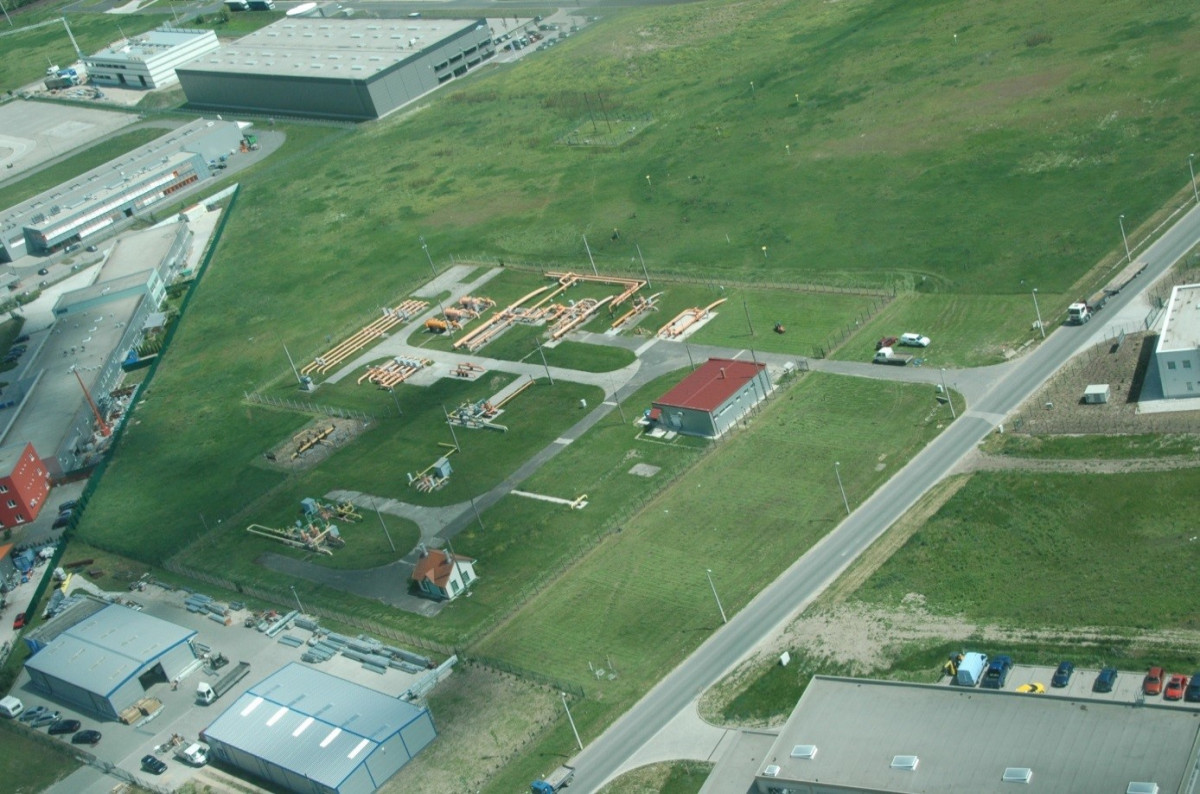Pipeline hubs
The junctions of long-distance pipelines are called hubs, where the links in between the individual lines allow the use of routes that can be aligned with changing transmission demands. At the hubs, the gas is filtered as necessary, the quality and quantity are measured and metered and the gas odorization is also carried out if necessary.
The design of the pipelines arriving at the hubs makes the performance of regular cleaning and diagnostic tasks possible. There is a pipeline torch at each hub for the safe removal of the natural gas from the connected pipeline sections by means of burning. Due to the high pressure, this kind of pipeline discharge involves considerable noise and light effects, but there is no need for any concern, as the procedure is safe.
The hubs have been established at the meeting points, junctions of several natural gas transmission pipelines providing the opportunity to link up various long-distance pipelines. Across our system, there are 17 main hubs that serve the distribution and forwarding of quantities coming from different directions – or if there is a compressor station at the hub, it is also used for increasing the pressure of natural gas – towards the exit points.
The gas arriving at the hubs are filtered, the quantity and quality of the gas to be forwarded to the individual directions are measured. If the operating pressure values of the pipelines differ from each other, the quantity to be drawn from one pipeline to the other is set with reliance on regulation at the hub. In case any gas is discharged from an unodorized pipeline to an odorized one, the odorization of the natural gas needs to be performed as well. The odorization of the natural gas in the long-distance pipeline is called central odorization.
These functions are detailed in the description of the gas delivery stations.

Long-distance pipeline hubs